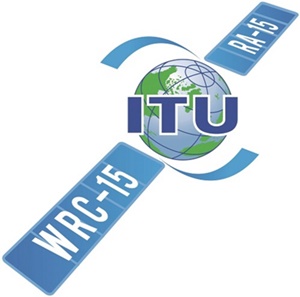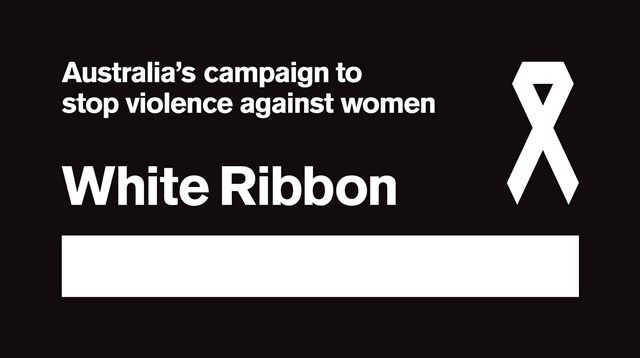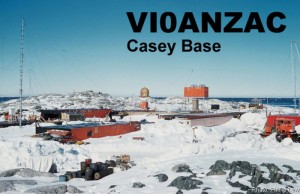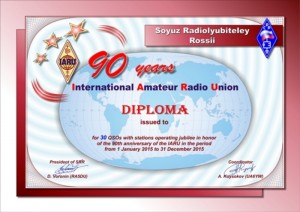
From the WIA, original post here.
Date : 19 / 11 / 2015
Author : Jim Linton – VK3PC
The World Radiocommunication Conference (WRC-15) in Geneva has agreed on a secondary allocation of 5351.5-5366.5 kHz for the Amateur Service, with regional power limits of 15 watts to 25 Watts measured in effective isotropic radiated power (EIRP). That decision came on November 18 at the conference Plenary Meeting, the outcome of Item 1.4 that proposed to give the amateur service its first new HF allocation since 1979.
The fixed service, which has primary status in the new allocation, mounted strong pressure that saw a varied approach taken on the power limit. Generally 15 Watts EIRP is permitted in the ITU Regions 1 and 3, however Region 2 has 15 Watts for the USA, 20 Watts for Mexico, and 25 Watts in Central America, South America and most of the Caribbean area. The USA has channelised access for radio amateurs on 5 MHz, and this is to change to the normal frequency agility.
The last step and a formality is the signing of the Final Act when WRC-15 closes on November 27. Then adoption of new International Telecommunications Union treaty obligations from all of the WRC-15 outcomes, expected to flow into domestic frequency allocations in coming months. The breakthrough for the International Amateur Radio Union (IARU) on the 5 MHz issue came as the result of years of preparation, trials and talks. The IARU team went to the WRC-15 not at all confident on getting a new 60 metre band allocation.
The 18 member IARU-team, co-lead by President Tim Ellam VE6SH and Vice-President Ole Garpestad LA2RR, includes Dale Hughes VK1DSH partly funded by the WIA and IARU, and about 10 others with their country-based delegation. It also engaged on a number of agenda items that may impact the amateur and amateur satellite services – and is keeping a watch on future proposals. The IARU-team faced firm opposition against a wide sharing spectrum slice at 5 MHz. The IARU had pressed its case at the spectrum marathon, but through a considered strategy, with careful listening, compromise and negotiation, found a way.
The first big hurdle came from major countries including Canada, Russia, the United Kingdom and the United States of America, who felt such an allocation was too generous. To persuade some to abandon their no-allocation position, a 15 kHz-wide slice compromise was agreed. The other hurdle was the power limit, with it being lower than originally proposed, and now has measurement at EIRP, or Effective Isotropic Radiated Power, rather than transmitter output in watts. The limit sought by some was designed to protect existing in-band and adjacent band services at 5 MHz from perceived harmful interference, and that compromise gained even more support.
The IARU had earlier presented a report documenting the compatibility characteristics of amateur stations on that band. The outcome of talks, as already revealed, has been a consensus for a new 15 kHz-wide global secondary 60 metre Amateur Radio allocation at 5351.5-5366.5 kHz, with a varied power limit. On the next WRC-19 agenda are proposals for 50-54 MHz, the amateur service and amateur satellite service band at 47-47.2 GHz, and small non-amateur, non-geostationary satellites that are looking for VHF and UHF allocations – possible threats to the 144 MHz and 430 MHz allocations.
A proposed agenda item to align the 160 metre allocation throughout the world is no longer on the table.
 From the WIA, original post here.
From the WIA, original post here.

 On the 22nd of November ORARC members will by manning their radios at locations along the Coastal Walk between the Tacking Point Surf Life Saving Club and Town Green for the White Ribbon Coastal Walk. Currently we are waiting for the final arrangements but I can let you know that the briefing will be held at 7am at the Town Green before all volunteers head off to their locations. If you have raised your hand to assist with this event or you are now available please attend the Friday night get-together for further information. This web page will be updated as information comes to hand.
On the 22nd of November ORARC members will by manning their radios at locations along the Coastal Walk between the Tacking Point Surf Life Saving Club and Town Green for the White Ribbon Coastal Walk. Currently we are waiting for the final arrangements but I can let you know that the briefing will be held at 7am at the Town Green before all volunteers head off to their locations. If you have raised your hand to assist with this event or you are now available please attend the Friday night get-together for further information. This web page will be updated as information comes to hand.

